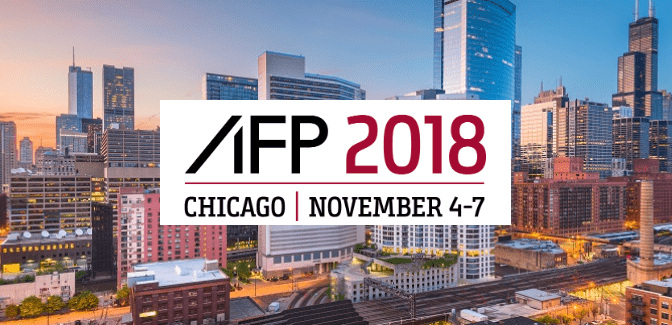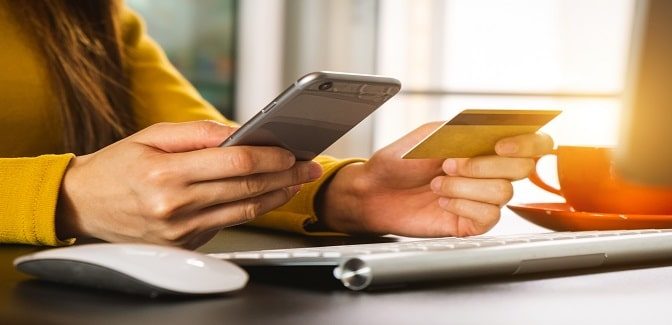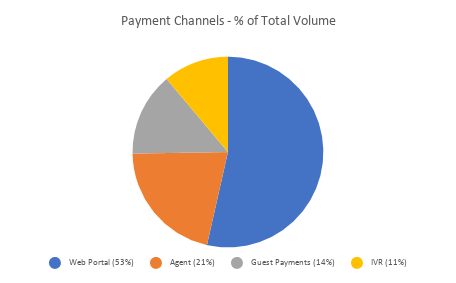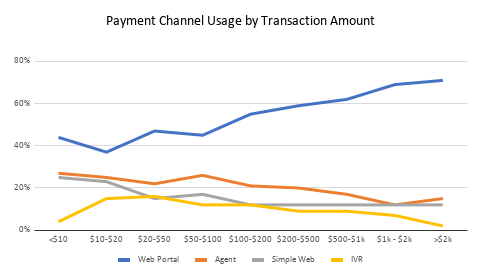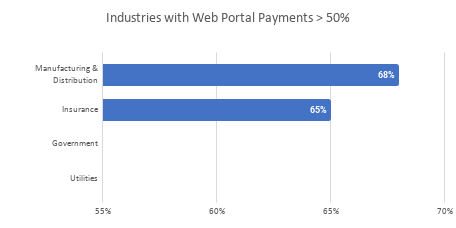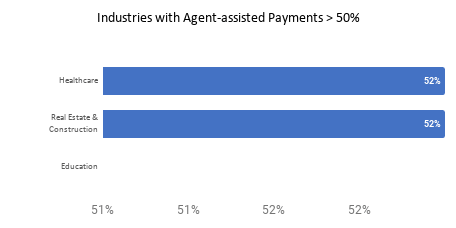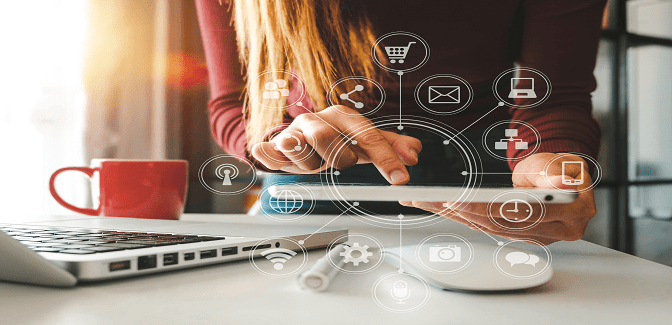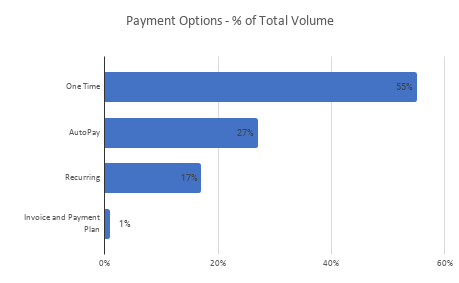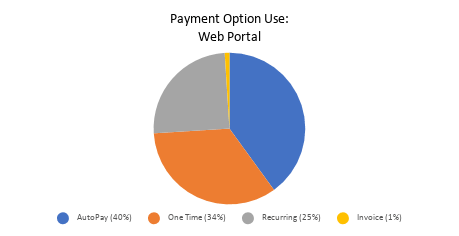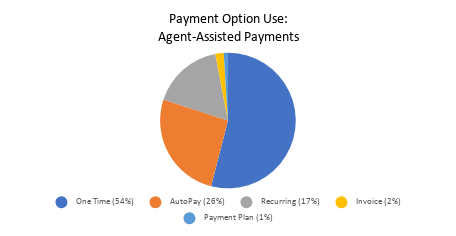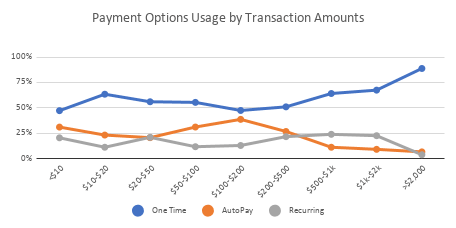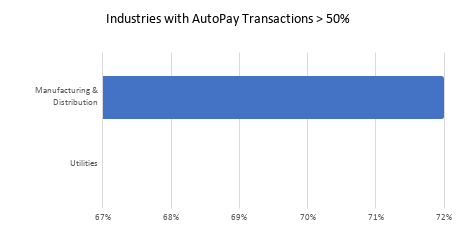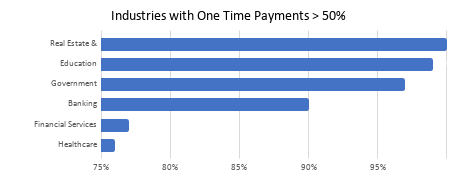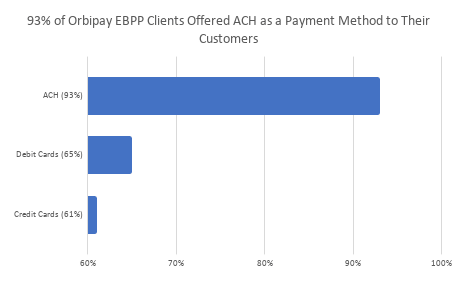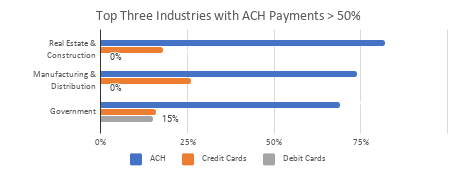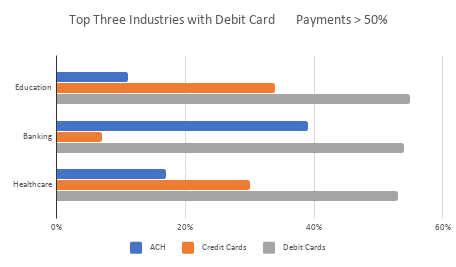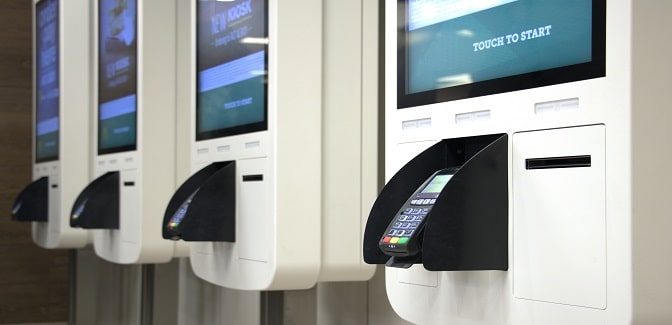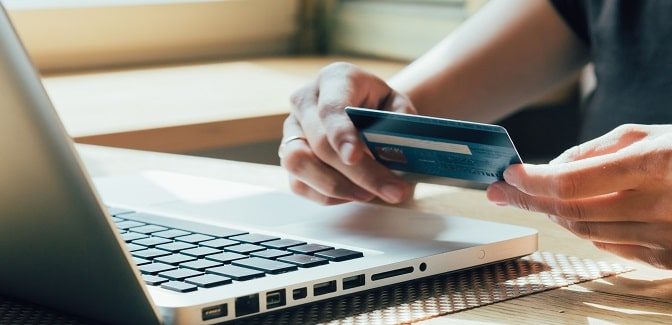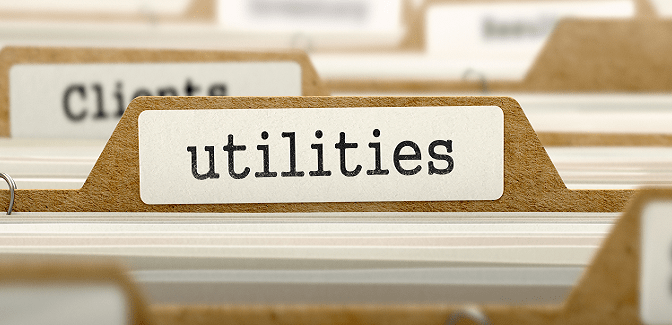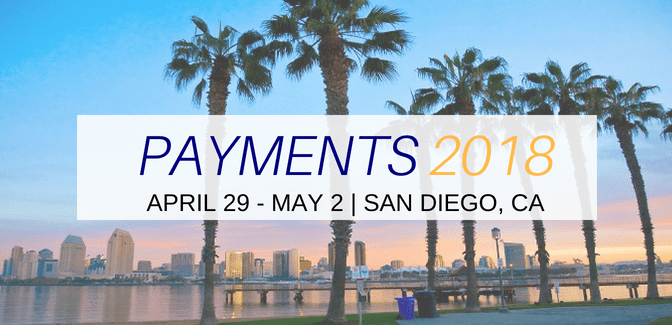Electronic billing and payments are evolving rapidly thanks to advancements including artificial intelligence (AI), faster payments, and mobile technology. In addition, customers’ expectations for on-demand, seamless, and secure bill payments only continue to grow.
As we settle in to 2019, our electronic bill presentment and payments (EBPP) experts look back at key developments in 2018 and share their thoughts on what the future might hold for EBPP. Hear the latest thinking from Alacriti’s CEO, Manish Gurukula (MG); Head of Product, Stuart Bain (SB); and Sales Director, Nathan Marquiss (NM).
Q1: Looking back at 2018, what do you consider the single most significant development related to EBPP?
SB: Over the past year, the most notable development was the increasing acceptance of AI and chatbots as valid mechanisms for making bill payments. Giving customers the ability to initiate and execute these transactions using their own natural language creates a repeatable and user-friendly payment experience. In addition, billers are beginning to recognize the efficiency that AI and chatbots can provide for automating customer service requests related to billing and payments. For example, allowing customers to simply check their account balances or due dates without human intervention can lead to significant time and cost savings for all types of billers.
MG: To build on Stuart’s point, chatbots are becoming more and more the norm across all types of billers. I recently received a bill from my local utility company promoting the use of Amazon Alexa for bill payments. As more billers embrace this technology, more customers will become comfortable using it.
NM: In addition to streamlining the overall payment experience, chatbots also provide transparency into granular data that can help billers target different segments of their portfolio (i.e. bill/loan alerts and reminders, policy updates, account-related notices, renewal notifications, etc.). Through machine learning, billers can analyze the inquiries that customers make and “teach” chatbots how to respond. AI also provides insight into customer demographics related to who is using chatbots, in which channels (voice response vs. chat-based), and what questions they’re asking.
In 2018, we also saw the US faster payments initiative gain some momentum. There are many challenges in creating faster payments and the task force that was created to address these issues highlighted inconsistencies in integration points across financial systems. It’s still a work in progress, but significant headway was made in 2018 and I’m excited to see what the future holds.
Q2: Which EBPP topics do you think will be trending in 2019?
NM: I think there will be increasing adoption and development around AI payments and other value-added services within payments, such as wearables and near-field communication (NFC) for contactless payments. I also think that more billers will start actively shopping for AI technology as they continue to wrap their heads around use case scenarios that can have a positive impact on their businesses. I think the tide is turning, and in 2019 we’ll see the use of AI really start to take off.
SB: I agree that we’ll see a continued rise of AI for billing-related customer service and payments. In addition, I also think there will be increasing demand for real-time provision of payment data back to billers, regardless of where the payment originates and how it’s funded.
MG: Building on Stuart’s point, billers increasingly want and need to know in real time when payments are being made. This can result in significant operational efficiencies and provide a better customer experience. For example, the real-time transfer of payments data can help a customer avoid losing service or being sent to collections.
Q3: What is the biggest challenge in EBPP that has yet to be overcome?
MG: I would say that the general adoption of electronic billing and payments continues to be a challenge. The success of any EBPP solution depends on whether a substantial percentage of customers actually use it. There is still ample opportunity to see adoption rates go up even higher.
NM: I would say it’s the realization that the customer experience really does matter. So many billers have legacy payment systems in place and because they aren’t “broken” they see no reason to change them. Billers may be resistant to new technology because they’re concerned about customer confusion or worried about disrupting their receivables cycle. Through my interactions with billers, I see firsthand what new technology can do to help their business models and meet the changing needs of their customers. The reality is that tomorrow’s customers – the ones that billers will gain in the next five to ten years – are going to have a completely different set of expectations than today’s customers. And billers need to prepare for that now.
SB: I would add that cash payments continue to be a challenge. Handling cash securely and accounting for these payments accurately continues to be a headache for many billers.


